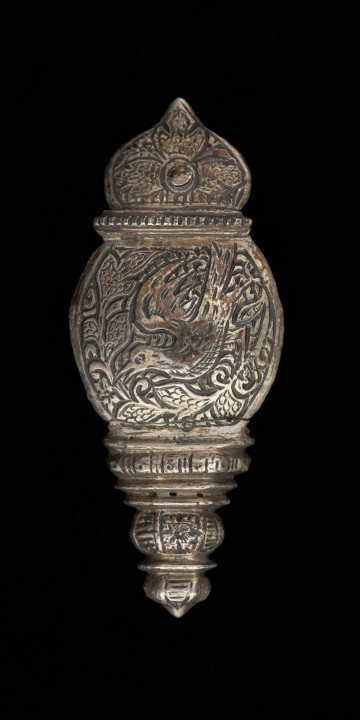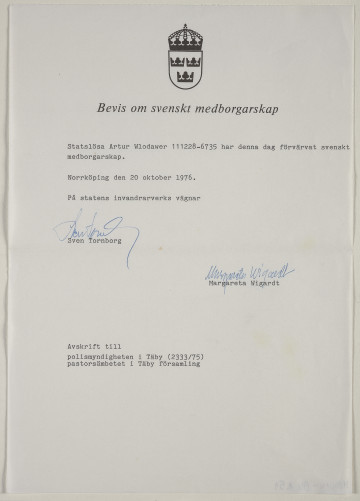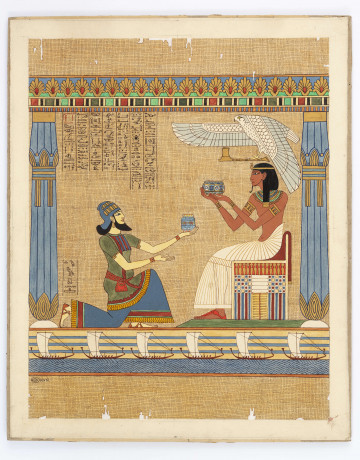Bowler hat
1900 — 1930
Museum of the history of Polish Jews
POLIN's collections contain gowns worn by Wacław Moszkowski, a pre-war architect of Jewish origin. Wacław Moszkowski was born in Warsaw in 1881. His parents, Aleksander (a stockbroker) and Perla (Paulina), née Luxemburg, belonged to the wealthy and assimilated Jewish intelligentsia. Wacław's grandson (Marek Sawicki), who donated the memorabilia to the Museum, recalls a family anecdote that Perla maintained relations with the Empress of Austria and Queen of Hungary Elżbieta Amalia Eugenia von Wittelsbach, commonly known as Sissi. The ladies met during a stay in one of the spa resorts (both went to the popular Baden-Baden), where they later saw each other regularly. They also exchanged correspondence.
Wacław graduated from the Faculty of Architecture at the Karlsruhe University of Technology in 1907. As an architect, he became famous for creating, among others, a project of reconstruction of tenement houses at 3-5 Królewska Street (1926) and a project of a tenement house at 30 Solec Street in Warsaw. He also designed the building at 18 Karowa Street (1932), which currently houses the Institute of Sociology at the University of Warsaw. He was also an author of film set designs. His decorations can be seen in Ryszard Ordyński's Mogile nieznanego żołnierza (The Grave of the Unknown Soldier) (1927) or Władysław Lenczewski's Romans panny Opolskiej (Miss Opolska’s Romance) (1928).
He married Apolonia Dyż, a Catholic from a working-class family. The wedding took place in St. Alexander's Church on Plac Trzech Krzyży in Warsaw. The couple had two daughters. The Moszkowski couple led a lively social life. They socialised among the pre-war intelligentsia and artists of the capital. They attended balls, theatres and restaurants. Their house also hosted many representatives of the elite of the time (often of Jewish origin), such as Artur Rubinstein (https://sztetl.org.pl/pl/biogramy/5233-rubinstein-artur) or Paweł Kochański (https://sztetl.org.pl/en/biographies/2935-kochanski-pawel).
Since the beginning of World War II, Wacław Moszkowski hid in the Warsaw district of Żoliborz. His wife and daughters stayed in a flat at Mazowiecka Street. Despite hiding, Wacław did not manage to live to see the end of the war. In 1943, he was discovered and arrested. Soon afterwards, he was executed at the Pawiak prison.
Znaleziono 8 obiektów

około 1600
National Museum in Szczecin

20 c.
Museum of the history of Polish Jews

1914 — 1924
National Museum in Lublin
DISCOVER this TOPIC
Museum of King Jan III's Palace at Wilanów
DISCOVER this PATH
Educational path